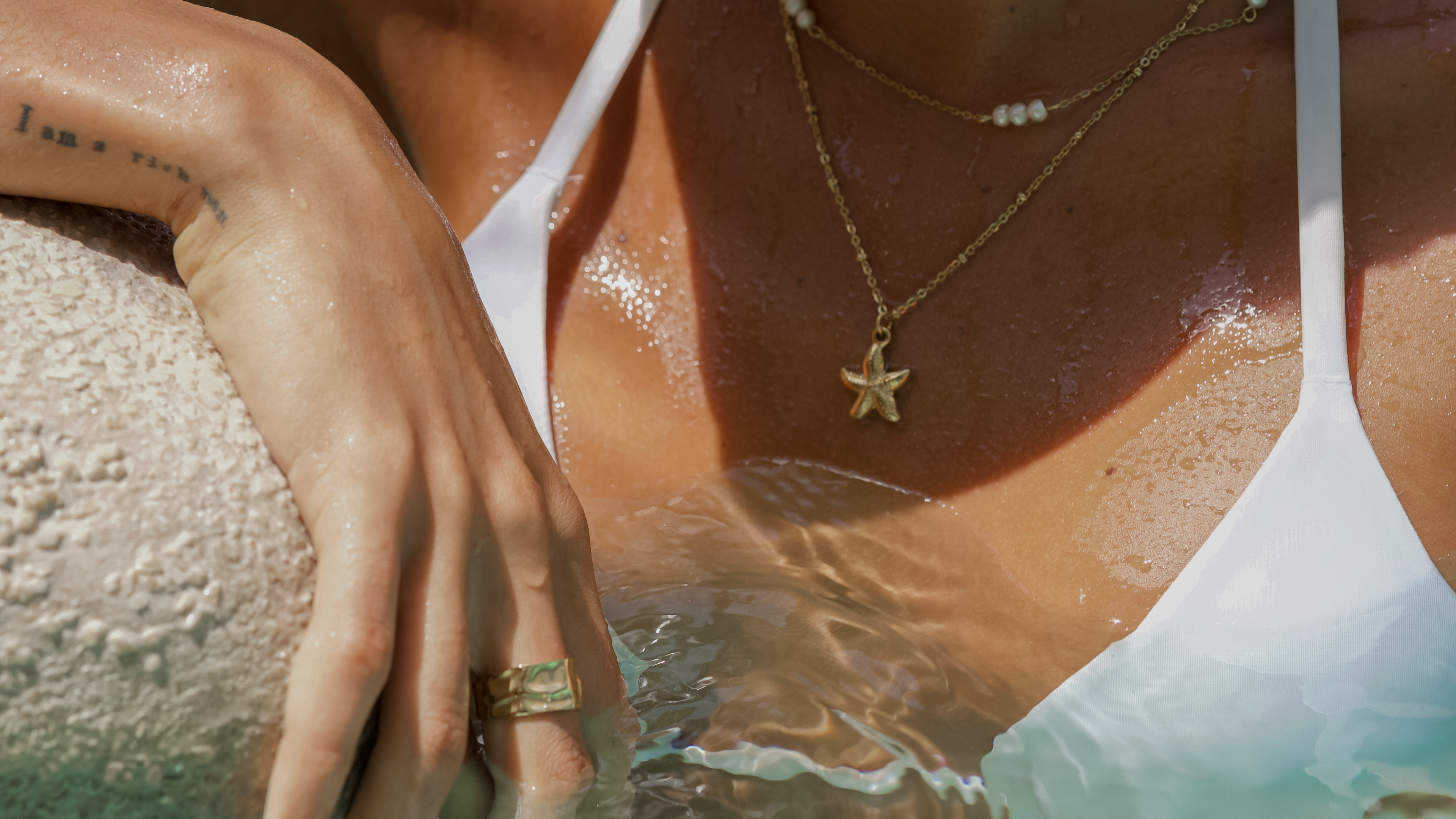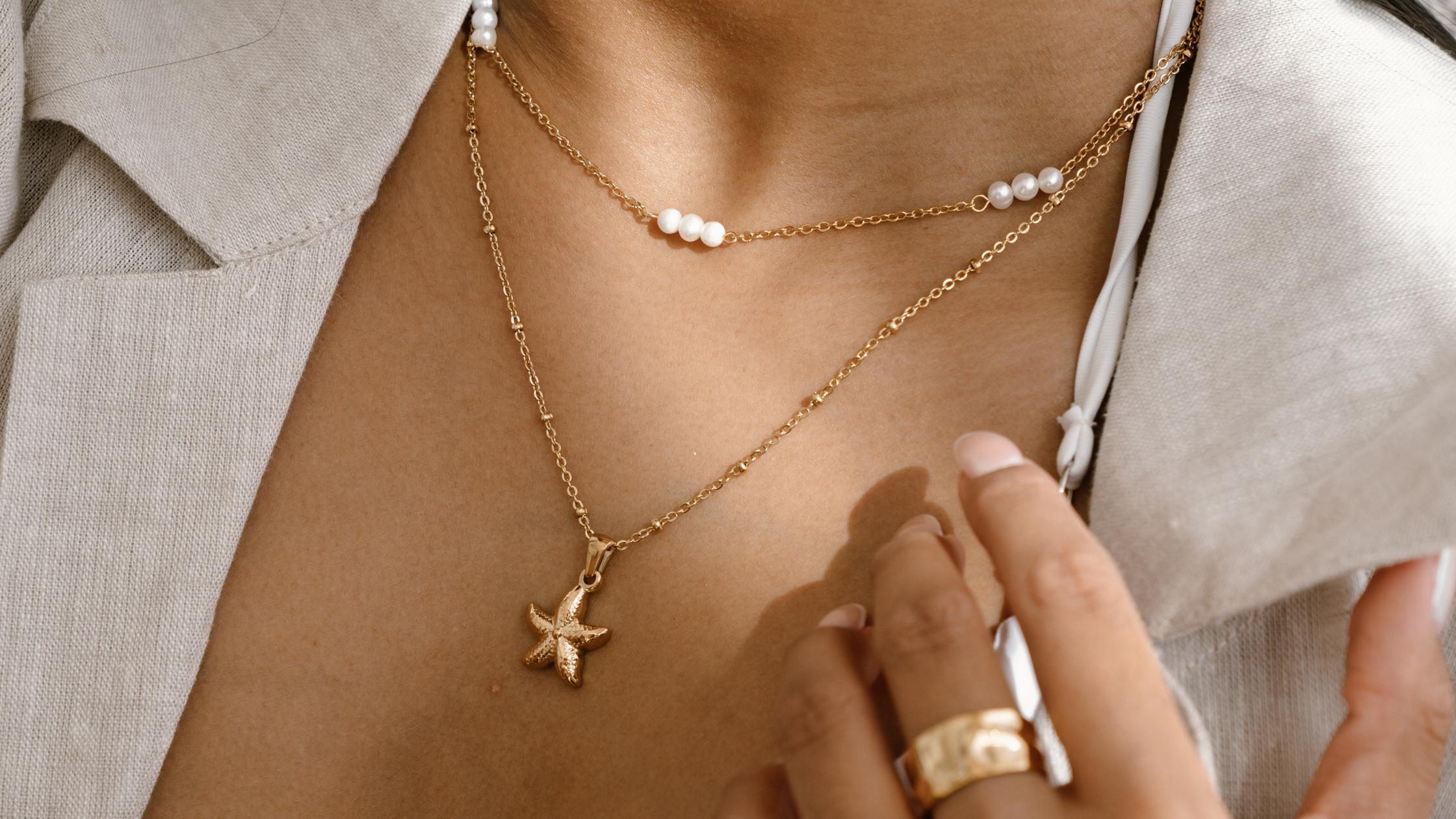In the world of jewellery, PVD (Physical Vapour Deposition) plating has emerged as a revolutionary technique that not only enhances the aesthetics of these accessories but also provides remarkable durability and water resistance. In this blog post, we will delve into the fascinating process of PVD plating and explore how it transforms ordinary accessories into waterproof marvels that stand the test of time.
What is PVD Plating?
PVD plating is an advanced surface coating technique used to apply a thin film of metal to a substrate, such as stainless steel, titanium, or ceramic. Unlike traditional electroplating, which uses an electric current to deposit the metal onto the surface, PVD plating relies on a vacuum chamber and vaporization process.
The PVD Process:
1. Cleaning: Before the plating process begins, the substrate undergoes thorough cleaning to remove any impurities and ensure proper adhesion of the coating.
2. Vaporization: In a vacuum chamber, the metal to be deposited (e.g., titanium nitride, zirconium nitride, or chromium) is vaporized using an arc or sputtering process.
3. Deposition: The vaporized metal atoms condense onto the substrate, forming a thin, uniform coating.
4. Adhesion Layer: To enhance the bond between the metal coating and the substrate, an adhesion layer is often applied before the actual plating process.
5. Final Product: The result is a stunning and durable coating that provides enhanced properties, such as water resistance, scratch resistance, and improved wear resistance.
How is PVD Plating Waterproof?
The key to the waterproof nature of PVD plating lies in its exceptional adhesion and uniformity. The coating forms a strong bond with the substrate, leaving no room for water or moisture to penetrate beneath the surface. This impermeability effectively protects the substrate from oxidation and corrosion, enhancing the overall water resistance of the accessory.
The Benefits of PVD Plating:
1. Durability: PVD plating significantly increases the longevity of jewelry and timepieces, as it provides excellent resistance to scratches, wear, and fading.
2. Versatility: PVD plating offers a wide range of color options, allowing designers to create an array of stunning finishes, from classic gold and silver to bold black and vibrant colors.
3. Hypoallergenic: As PVD plating uses biocompatible metals like titanium, it is hypoallergenic and safe for individuals with sensitive skin.
4. Environmental Friendliness: PVD plating is an eco-friendly process as it generates minimal waste and uses fewer harmful chemicals compared to traditional electroplating methods.
Conclusion
PVD plating has revolutionised the jewellery industry by providing durable and water-resistant coatings that stand the test of time. Through its sophisticated vaporisation process, PVD plating creates a bond between the metal coating and the substrate, resulting in a waterproof marvel that enhances the aesthetics and lifespan of these accessories. Embrace the allure of PVD-plated jewellery and timepieces, knowing that they not only elevate your style but also provide a waterproof shield that ensures they shine brightly for years to come.




















Leave a comment